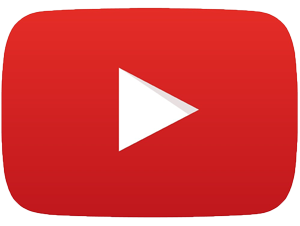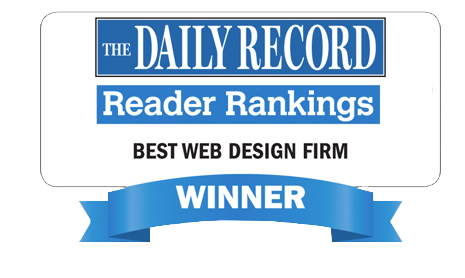Optimizing Website Images for SEO Purposes

A lot goes into SEO imaging practices, and even just the slightest additions can help your web page or website rank higher.
Imaging for SEO is an often overlooked but useful strategy for on-page SEO. Find out exactly what you could be missing if you are not optimizing your photos, and learn just how to create SEO-friendly images for your posts and pages properly. A lot goes into SEO imaging practices, and even just the slightest additions can help your web page or website rank higher. Image SEO provides a bit of extra information about a graphic to search engines, which helps them understand the content better, which can lead to a boost in search rankings and visibility. Read on to learn how to optimize website images for all SEO purposes properly!
Add One Image at Least
As a best practice for SEO purposes, always include at least one graphic or image on a webpage. An image shows your search engines that the page is valuable and engaging and will be useful for those browsing online. Plus, images will benefit readers as they make your content easier to understand and scan.
Only Use High-Quality Images
Images will be much more engaging and interesting to your entire audience if they’re high quality. If possible, try to create custom graphics that are unique to all of your pages. This will help you stand out during an image search. Do not forget that more users are clicking through images they find in search to view the image on their page. So, by publishing SEO content with optimized, unique images could result in much higher website traffic for your website. If you’re unable to create custom graphics, include some that do not look like stock photos. And, of course, use images that are free of copyright infringement.
Pick the Best File Types
Image file types could affect the way a photo loads or appears on a page. So when you’re adding a graphic, pick the best file type for the right use. You should primarily use: JPGs for photos, PNG for most custom graphics, logos, and screenshots. Consider using SVG for custom graphics or logos that will be viewed in different sizes, and of course, GIFs for moving website images.
Use the Right Image File Sizes
Images that are large could slow down website load times. Slower load times lead to bad user experiences and, of course, poor long-term SEO results. So use image SEO practices for sizing. Resize your image files to the intended display size, and compress all larger files before you upload them onto your website. This will ensure optimal SEO rankings every time.
Contact Adventure Web Interactive Today
For more tips on how to optimize your web content and drive more traffic to your website, follow our blog. Adventure Web Interactive offers expert marketing solutions, including blog and copywriting and social media management. Take the stress of planning, posting, and plotting off of your team and contact us online or by giving us a call at (410) 788-7007. To see more information about our team and services, follow us on Facebook, Twitter, YouTube, and LinkedIn.


















